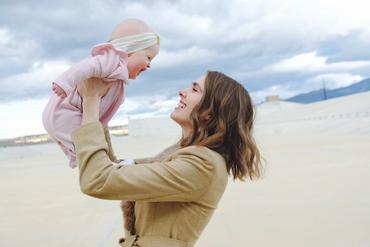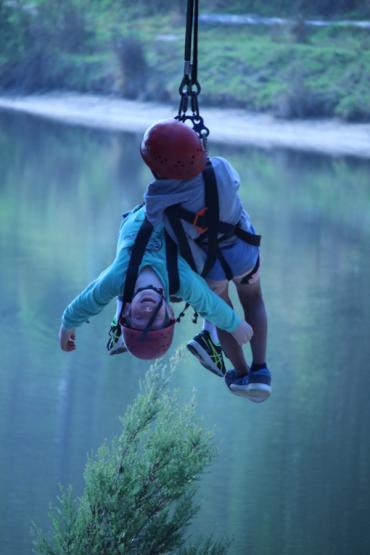Common Questions and Informed Evidence-based Answers.
Learning sign language together can be one of the strongest bonding experiences that the family and a deaf or hard of hearing child have.

What was this paper about?
Evidence shows that access to a visual language plays an important role in acquiring language, cognitive development and and literacy. Parents can create a nurturing and anxiety-free environment for their child to thrive in their early childhood development.
This paper intends to help health professionals how to best advise parents of newly diagnosed deaf or hard of hearing children on language and communication approaches for children to have better long-term outcomes.
"Children have an innate capacity to learn language- oral or sign."
What were the key findings?
- 96% of deaf and hard of hearing children are born to hearing parents who, initially, are uninformed and unprepared to raise a deaf or hard of hearing child.
- Many children are raised in a zero-tolerance-to-alternatives oral environments (strictly oral), but the auditory information they receive through hearing aids or cochlear implants many not assure language access.
- Children have an innate capacity to acquire language- whether oral or sign- but this declines rapidly after the first few years of life.
- A speech- only approach to language acquisition with cochlear implant recipients carries a risk, whereas a bimodal-bilingual approach is risk free. but this requires parents to learn sign in tandem with their child.
Where can I read more about this paper?
Support for parents of deaf children: Common questions and informed evidence-based answers.
Printable 363 KB PDF



